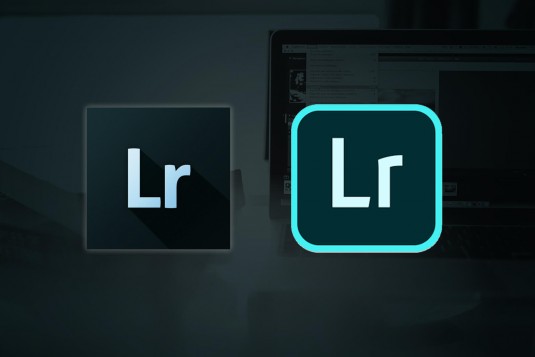


This is where the Hue Saturation Luminance (HSL) panel comes in. I also opt for colours that are not too saturated, because saturated colours are striking, but if I am after a painterly image with a peaceful feeling, vibrant hues are not what I am after. In my case I want my pictures to look still, which is why I often opt for colours from the same family in my pictures, an analogous colour scheme. It is however not a good idea to have too many contrasting colours in a picture, or it will become too hard to "read". For striking colours, you might need a colour contrast, which is achieved by using colours that are opposite each other on the colour wheel. I know from experience that if I am going to add contrast I will make these colors stand out more and this scene will change into one that will not convey the stillness I am after. What I am seeing now is that the greens on the tree are yellowish in tone, there is definitely some cyan in the greens in the background (probably small pines) as well as some cyan in the highlights, there is orange in the leaves and there is some magenta in the foreground. This way I can see more clearly which colours are most dominant in this image and what colours to keep in check. So the first thing I am going to do is drag the Vibrance slider in the Basic panel all the way to +100. This picture has many different colours in it, but because the contrast in the raw file is very low due to fog, it might not be that obvious. You could just drag the sliders back and forth, but the way I approach it is, by first deciding what the picture needs in order for it to look like I envisioned.

I am going to start in the HSL panel today. I am going to choose another picture for this tutorial, because this picture has a lot of different kinds of colors in it. Today I want to talk about colour in Lightroom and how I approach this. Even though many people might think of Photoshop first for colour toning their images, there are many ways that this can be done in Lightroom as well.


 0 kommentar(er)
0 kommentar(er)
